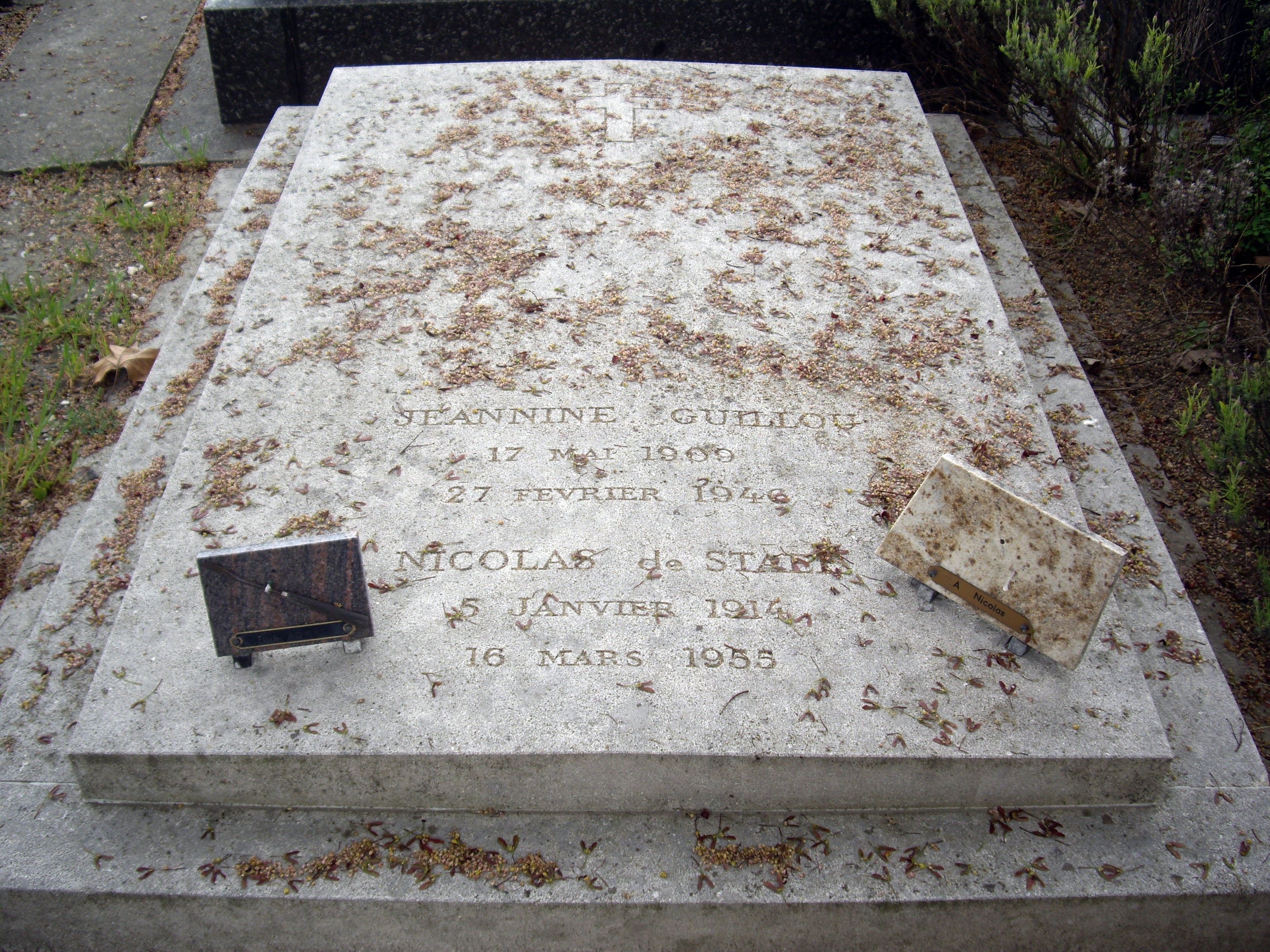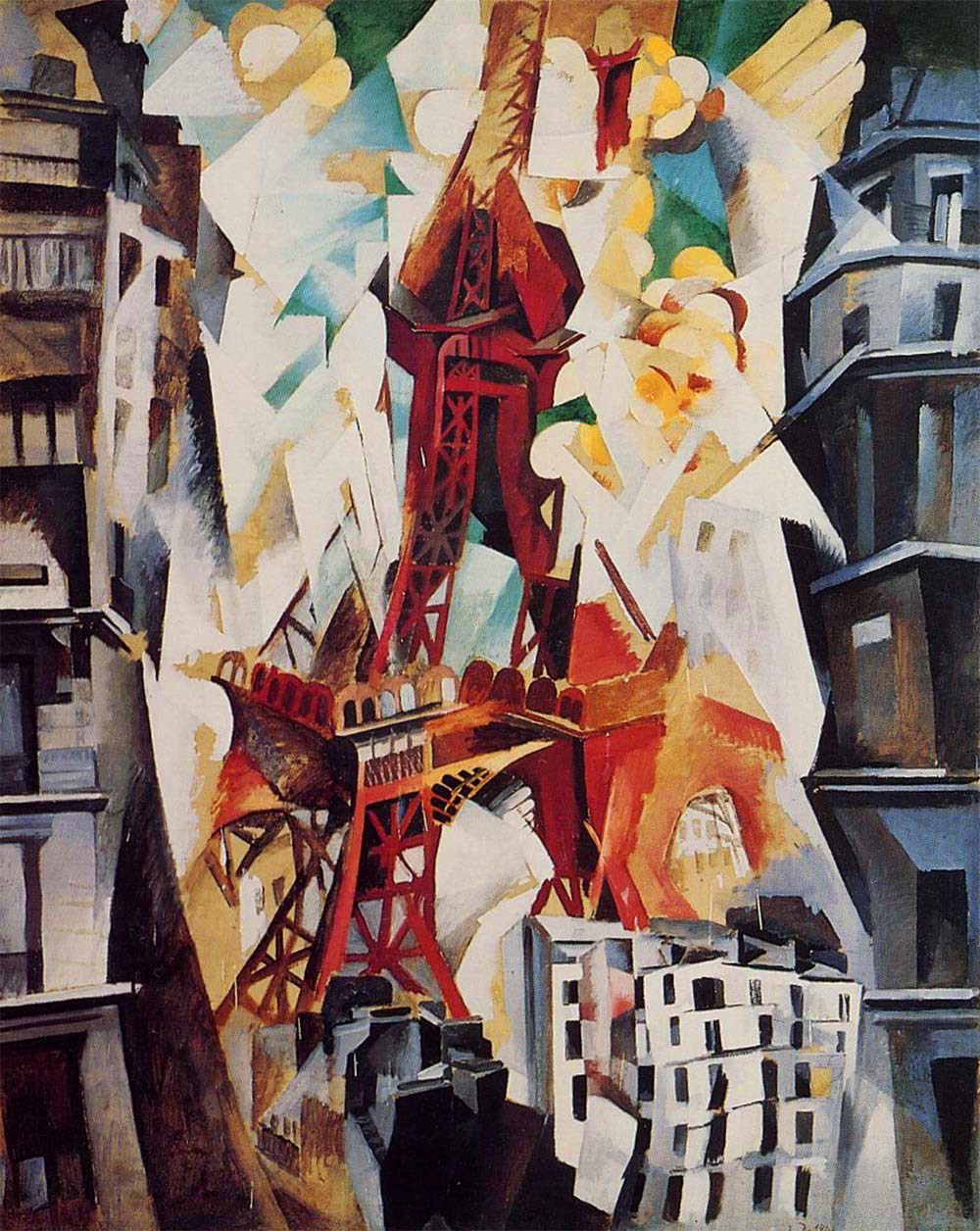|
Rustam Khalfin
Rustam Khalfin (October 14, 1949 – December 31, 2008) was a Kazakh contemporary artist, painter and architect. Rustam Khalfin is considered one of the most influential artists of Central Asia of the 20th century, he was one of the pioneers in performance, installation and video art and had a major influence on the art community of the region. He developed the concept of nomad aesthetics with contemporary vision. Background Born in 1949 in Tashkent in the family of a battle-front veteran Nurmukhamed Abdrakhmanovich Khalfin (years of life: 1909 - 1974). Rustam's brother Marat Nurmukhamedovich Khalfin was a Soviet and Russian scientist (years of life: 1940 - 2020). In 1950, Rustam and his family moved to Alma-Ata, Kazakh SSR, where he spent his life. In 1972 he graduated from the Moscow Architectural Institute. He was a student of Vladimir Sterligov, a prominent representative of the Russian avant-garde, and throughout the 1970s and 1990s he was a member of his circle o ... [...More Info...] [...Related Items...] OR: [Wikipedia] [Google] [Baidu] |
Tashkent
Tashkent (, uz, Toshkent, Тошкент/, ) (from russian: Ташкент), or Toshkent (; ), also historically known as Chach is the capital and largest city of Uzbekistan. It is the most populous city in Central Asia, with a population of 2,909,500 (2022). It is in northeastern Uzbekistan, near the border with Kazakhstan. Tashkent comes from the Turkic ''tash'' and ''kent'', literally translated as "Stone City" or "City of Stones". Before Islamic influence started in the mid-8th century AD, Tashkent was influenced by the Sogdian and Turkic cultures. After Genghis Khan destroyed it in 1219, it was rebuilt and profited from the Silk Road. From the 18th to the 19th century, the city became an independent city-state, before being re-conquered by the Khanate of Kokand. In 1865, Tashkent fell to the Russian Empire; it became the capital of Russian Turkestan. In Soviet times, it witnessed major growth and demographic changes due to forced deportations from throughout the Sov ... [...More Info...] [...Related Items...] OR: [Wikipedia] [Google] [Baidu] |
Alexander Brener
Alexander Davidovich Brener (russian: Александр Бренер) (born 1957, in Alma-Ata, Kazak ASSR, Soviet Union), is a Russian performance artist and a self-described political activist. He is considered one of the main figures of Moscow Actionism along with Oleg Kulik. Work Brener's performances of note include defecating in front of a painting by Vincent van Gogh at the Museum of Fine Arts in Moscow, having sex in front of the Monument to Alexander Pushkin (Rostov-on-Don), and vandalizing art works by other artists. He was jailed in 1997 for painting a green dollar sign on Kazimir Malevich's painting ''Suprematisme''. In the court case Brener said in his defense: :''The cross is a symbol of suffering, the dollar sign a symbol of trade and merchandise. On humanitarian grounds are the ideas of Jesus Christ of higher significance than those of the money. What I did was not against the painting. I view my act as a dialogue with Malevich.'' Giancarlo Politi, the ed ... [...More Info...] [...Related Items...] OR: [Wikipedia] [Google] [Baidu] |
Performance Artists
Performance art is an artwork or art exhibition created through actions executed by the artist or other participants. It may be witnessed live or through documentation, spontaneously developed or written, and is traditionally presented to a public in a fine art context in an interdisciplinary mode. Also known as ''artistic action'', it has been developed through the years as a genre of its own in which art is presented live. It had an important and fundamental role in 20th century avant-garde art. It involves four basic elements: time, space, body, and presence of the artist, and the relation between the creator and the public. The actions, generally developed in art galleries and museums, can take place in the street, any kind of setting or space and during any time period. Its goal is to generate a reaction, sometimes with the support of improvisation and a sense of aesthetics. The themes are commonly linked to life experiences of the artist themselves, or the need of denunci ... [...More Info...] [...Related Items...] OR: [Wikipedia] [Google] [Baidu] |
Installation Artists ) or political one
{{disambig ...
Installation may refer to: * Installation (computer programs) * Installation, work of installation art * Installation, military base * Installation, into an office, especially a religious (Installation (Christianity) Installation is a Christian liturgical act that formally inducts an incumbent into a new role at a particular place such as a cathedral. The term arises from the act of symbolically leading the incumbent to their stall or throne within the cathedra ... [...More Info...] [...Related Items...] OR: [Wikipedia] [Google] [Baidu] |
Video Artists
Video art is an art form which relies on using video technology as a visual and audio medium. Video art emerged during the late 1960s as new consumer video technology such as video tape recorders became available outside corporate broadcasting. Video art can take many forms: recordings that are broadcast; installations viewed in galleries or museums; works streamed online, distributed as video tapes, or DVDs; and performances which may incorporate one or more television sets, video monitors, and projections, displaying live or recorded images and sounds. Video art is named for the original analog video tape, which was the most commonly used recording technology in much of the form history into the 1990s. With the advent of digital recording equipment, many artists began to explore digital technology as a new way of expression. One of the key differences between video art and theatrical cinema is that video art does not necessarily rely on many of the conventions that define ... [...More Info...] [...Related Items...] OR: [Wikipedia] [Google] [Baidu] |
Contemporary Artists
This is a list of artists who create contemporary art, i.e., those whose peak of activity can be situated somewhere between the 1970s (the advent of postmodernism) and the present day. Artists on this list meet the following criteria: *The person is regarded as an important figure or is widely cited by his/her peers or successors. *The person is known for originating a significant new concept, theory or technique. *The person has created, or played a major role in co-creating, a significant or well-known work, or collective body of work, that has been the subject of an independent book or feature-length film, or of multiple independent periodical articles or reviews. *The person's work either (a) has become a significant monument, (b) has been a substantial part of a significant exhibition, (c) has won significant critical attention, or (d) is represented within the permanent collections of several notable galleries or museums, or had works in many significant libraries. A * Ma ... [...More Info...] [...Related Items...] OR: [Wikipedia] [Google] [Baidu] |
Giorgio Morandi
Giorgio Morandi (July 20, 1890 – June 18, 1964) was an Italian painter and printmaker who specialized in still life. His paintings are noted for their tonal subtlety in depicting simple subjects, which were limited mainly to vases, bottles, bowls, flowers and landscapes. Biography Giorgio Morandi was born in Bologna to Andrea Morandi and Maria Maccaferri. He lived first on Via Lame where his brother Giuseppe and his sister Anna were born. The family then moved to Via Avesella where two other sisters were born, Dina in 1900 and Maria Teresa in 1906. After the death of his father in 1909, the family moved to Via Fondazza and Morandi became the head of the family. From 1907 to 1913 he studied at the Accademia di Belle Arti di Bologna cademy of Fine Arts of Bologna At the Accademia, which based its traditions on 14th-century painting, Morandi taught himself to etch by studying books on Rembrandt. He was excellent at his studies, although his professors disapproved of the ch ... [...More Info...] [...Related Items...] OR: [Wikipedia] [Google] [Baidu] |
Nicolas De Staël
Nicolas de Staël (; January 5, 1914 – March 16, 1955) was a French painter of Russian origin known for his use of a thick impasto and his highly abstract landscape painting. He also worked with collage, illustration and textiles. Early life Nicolas de Staël was born Nikolai Vladimirovich Stael von Holstein (russian: Николай Владимирович Шталь фон Гольштейн) in Saint Petersburg, into the family of a Russian Lieutenant General, Baron Vladimir Stael von Holstein, (a member of the Staël von Holstein family, and the last Commandant of the Peter and Paul Fortress) and his second wife, Lubov Vladimirovna Berednikova (his first wife was Olga Sakhanskaya). De Staël's family was forced to emigrate to Poland in 1919 because of the Russian Revolution; both his father and stepmother died in Poland and the orphaned Nicolas de Staël was sent with his older sister Marina to Brussels to live with a Russian family (1922). Career beginnings He eventually ... [...More Info...] [...Related Items...] OR: [Wikipedia] [Google] [Baidu] |
Serge Poliakoff
Serge Poliakoff (January 8, 1900 – October 12, 1969) was a Russian-born French modernist painter belonging to the 'New' Ecole de Paris (Tachisme). Biography Serge Poliakoff was born in Moscow in 1900, the thirteenth of fourteen children. His father, a Kyrgyz, supplied the army with horses that he bred himself and also owned a racing stable. His mother was heavily involved with the church, and its religious icons fascinated him. He enrolled at the Moscow School of Painting, Sculpture and Architecture, but fled Russia in 1918. He arrived in Constantinople in 1920, living off the profits from his talent as a guitarist. He went on to pass through Sofia, Belgrade, Vienna, and Berlin before settling in Paris in 1923, all the while continuing to play in Russian cabarets. In 1929 he enrolled at the Académie de la Grande Chaumière. His paintings remained purely academic until he discovered, during his stay in London from 1935 to 1937, the abstract art and luminous colours of t ... [...More Info...] [...Related Items...] OR: [Wikipedia] [Google] [Baidu] |
Robert Delaunay
Robert Delaunay (12 April 1885 – 25 October 1941) was a French artist who, with his wife Sonia Delaunay and others, co-founded the Orphism art movement, noted for its use of strong colours and geometric shapes. His later works were more abstract. His key influence related to bold use of colour and a clear love of experimentation with both depth and tone. Overview Delaunay is most closely identified with Orphism. From 1912 to 1914, he painted nonfigurative paintings based on the optical characteristics of brilliant colors that were so dynamic they would function as the form. His theories are mostly concerned with color and light and influenced many, including Stanton Macdonald-Wright, Morgan Russell, Patrick Henry Bruce, Der Blaue Reiter, August Macke, Franz Marc, Paul Klee, and Lyonel Feininger. Art Critic Guillaume Apollinaire was strongly influenced by Delaunay's theories of color and often quoted from them to explain Orphism, which he had named. Delaunay's fixations w ... [...More Info...] [...Related Items...] OR: [Wikipedia] [Google] [Baidu] |
Kazimir Malevich
Kazimir Severinovich Malevich ; german: Kasimir Malewitsch; pl, Kazimierz Malewicz; russian: Казими́р Севери́нович Мале́вич ; uk, Казимир Северинович Малевич, translit=Kazymyr Severynovych Malevych ., group=nb (Запись о рождении в метрической книге римско-католического костёла св. Александра в Киеве, 1879 год // ЦГИАК Украины, ф. 1268, оп. 1, д. 26, л. 13об—14. – 15 May 1935) was a ... [...More Info...] [...Related Items...] OR: [Wikipedia] [Google] [Baidu] |
Picasso
Pablo Ruiz Picasso (25 October 1881 – 8 April 1973) was a Spanish painter, sculptor, printmaker, ceramicist and Scenic design, theatre designer who spent most of his adult life in France. One of the most influential artists of the 20th century, he is known for co-founding the Cubist movement, the invention of Assemblage (art), constructed sculpture, the co-invention of collage, and for the wide variety of styles that he helped develop and explore. Among his most famous works are the Proto-Cubism, proto-Cubist ''Les Demoiselles d'Avignon'' (1907), and the anti-war painting ''Guernica (Picasso), Guernica'' (1937), Guernica (Picasso)#Composition, a dramatic portrayal of the bombing of Guernica by German and Italian air forces during the Spanish Civil War. Picasso demonstrated extraordinary artistic talent in his early years, painting in a naturalistic manner through his childhood and adolescence. During the first decade of the 20th century, his style changed as he experimente ... [...More Info...] [...Related Items...] OR: [Wikipedia] [Google] [Baidu] |







